
Root Canal Treatment
Root canal treatment is a dental procedure aimed at saving a severely damaged or infected tooth by removing the infected pulp and nerve tissues from the root canals.
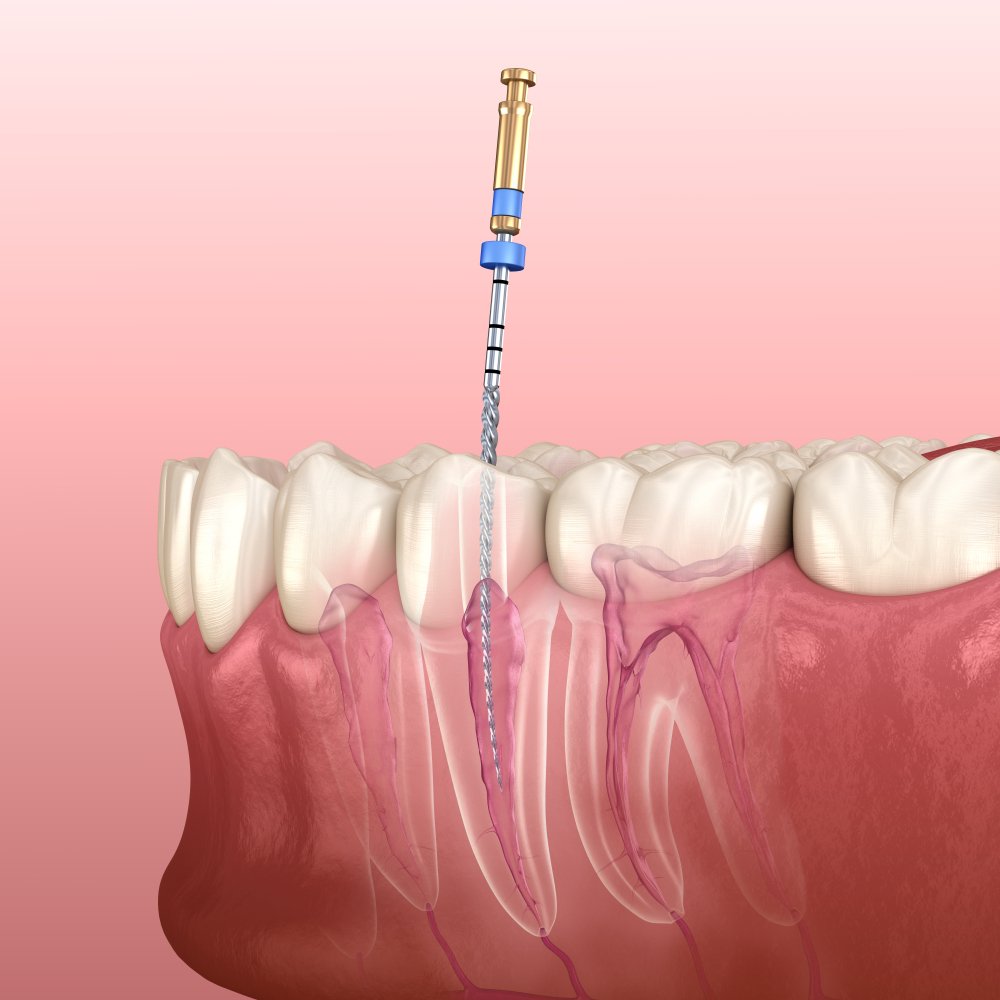
What is Root Canal Treatment?
The outside bit or Crown of teeth is a 3-layered structure particularly – Enamel, Dentin, and Pulp. If the tooth decay is restricted to the primary layers, it may be corrected with Filling/ Restoration. In case the tooth decay reaches the third layer and causes inflammation or contamination of pulp, an RCT or Endodontic Treatment is needed.
Root Canal Treatment likewise is called Endodontic Treatment is a way performed whilst the tooth decay reaches the pulp (innermost layer of the tooth) causing irritation.
It is vital to keep the harmed enamel from extraction. Root canal treatment includes:
- Removal of infected or inflamed tooth cloth
- Cleaning and disinfection
- Filling and sealing with an inert cloth
- Restoration and crown/cap
- It is a multi-step manner and can require multiple sittings.
Dr. Amit Thareja is an expert Endodontist at Dr. Thareja’s Dental care to guide you through out the procedure & strive to be able to provide the best possible root canal treatment in kalyani nagar. He is best dentist in kalyani nagar to provide you a painless root canal treatment.
Painless Root Canal Treatment at Dr. Thareja's Dental Care:
- Handled by a team of best dentists in pune and Certified Endodontists with 15 years of experience.
- All Root Canals Done Under magnification with Precision and utmost care.
- Advanced Equipment & technology used to make Painless root canal treatment in pune.
- Complete hygiene & safety for COVID Protection and Care during the procedure.
- Your time is well respected and we are able to deliver what we had promised.

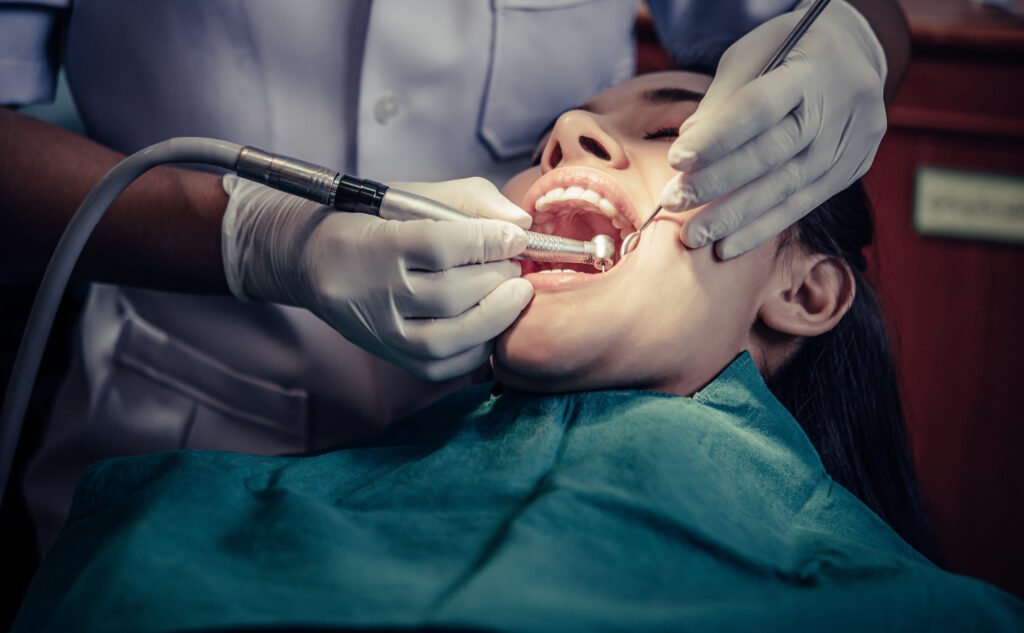
Benefits of Root Canal Treatment:
(a) Pain Relief: Root canal treatment effectively alleviates tooth pain caused by infections or inflammation of the dental pulp. By removing the infected tissue, patients can experience immediate relief from severe toothaches.
(b) Preservation of Natural Teeth: Preserving your natural teeth is always our priority. Root canal treatment allows us to save the infected tooth by removing the source of infection while retaining its natural function and appearance.
(c) Preventing Further Complications: Left untreated, an infected tooth can lead to serious complications, such as abscess formation, spread of infection to surrounding tissues, and even tooth loss. Root canal treatment eliminates the infection, preventing these issues and promoting overall oral health.

Symptoms
Root canal treatment becomes necessary when the dental pulp, which contains nerves and blood vessels inside the tooth, becomes infected or inflamed. Here are some common signs and symptoms that indicate the need for root canal treatment:
- Severe Tooth Pain
- Sensitivity to Hot and Cold
- Gum Swelling and Tenderness
- Discoloration of the Tooth
- Prolonged Sensitivity
Thorough examination by a qualified dentist or endodontist can determine whether root canal treatment is necessary. If you experience any of these signs or symptoms, it’s crucial to schedule a dental appointment promptly to receive a proper diagnosis and appropriate root canal treatment in pune.
What is the Procedure of RCT Treatment?

Step 1
The very first step includes an X-ray that is taken to determine the volume and approach to contamination. If required local anesthesia is run earlier than beginning the remedy.
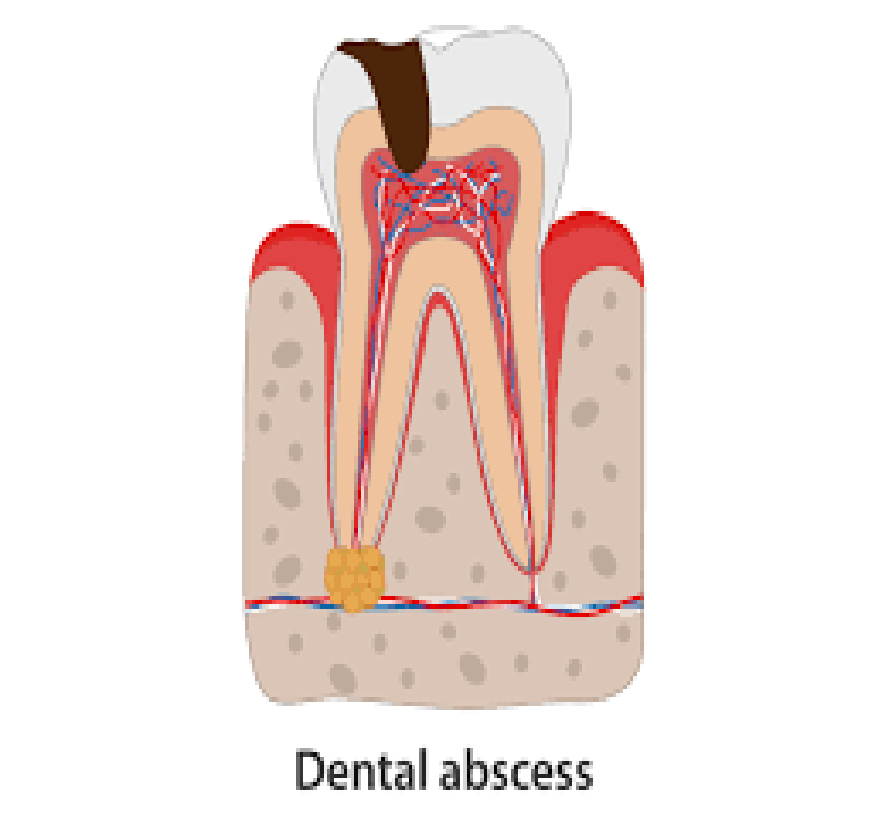
Step 2
The subsequent step is Cavity Preparation. A hollow space is prepared, ensuring all the infected tooth material or previous filling material is removed and a proper approach to internal-a part of the teeth (pulp) is hooked up.
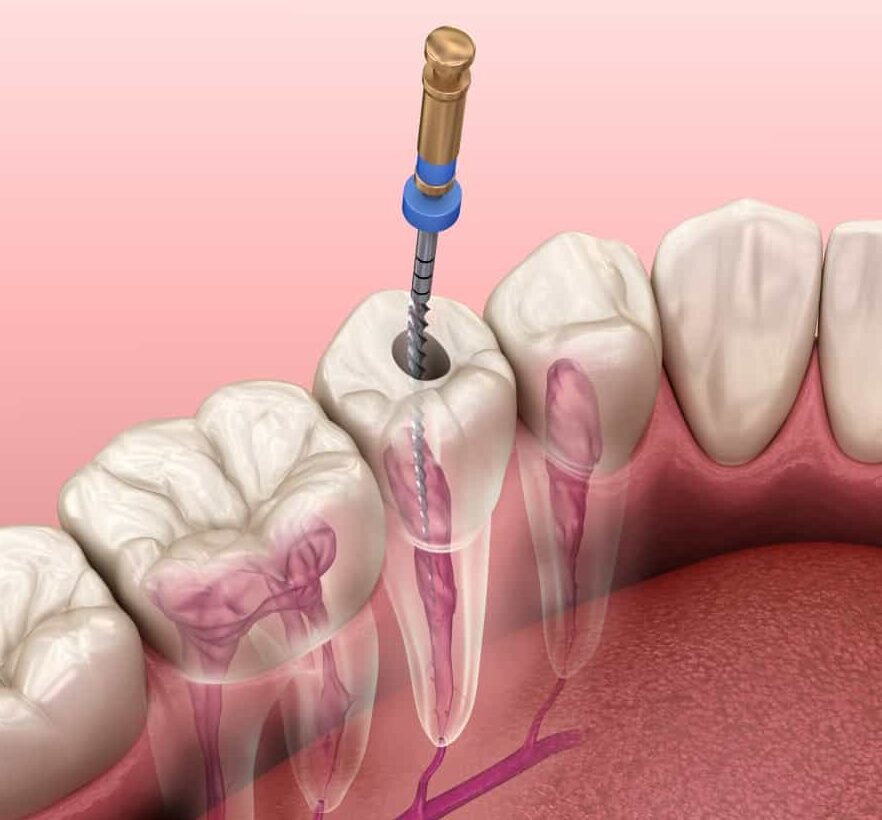
Step 3
This is observed by the disinfection and shaping of pulp canals. The infected pulp is cleared out completely, canals are fashioned and wiped clean. Thorough disinfection is accomplished.
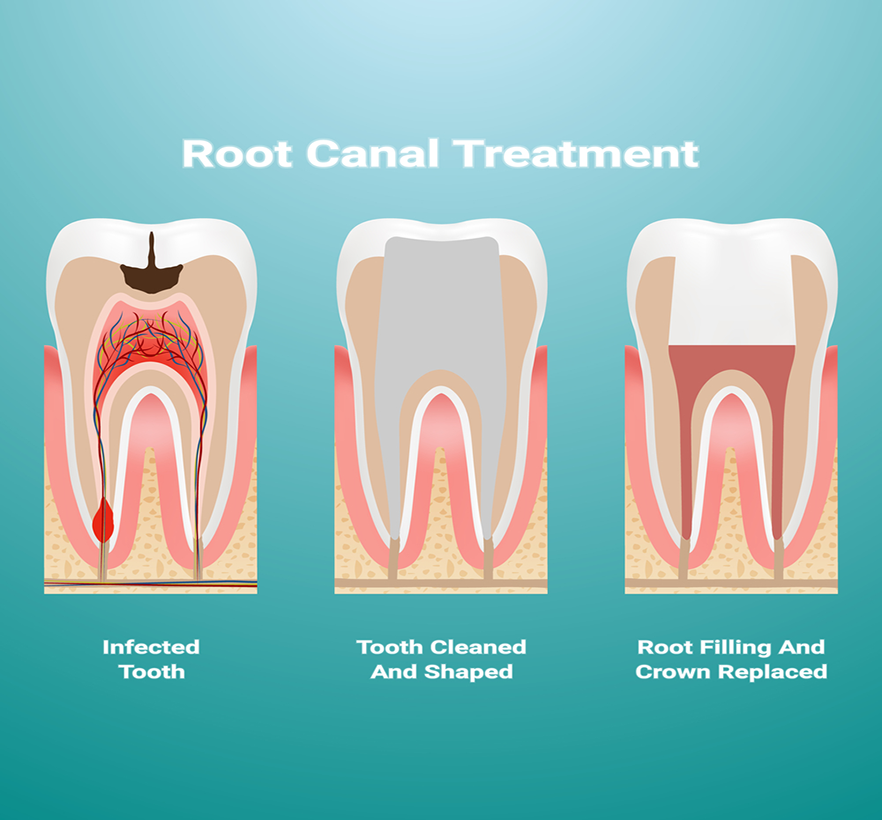
Step 4
Clean and disinfected canals are then sealed and filled with an inert rubber-like filling cloth called Gutta-Percha.
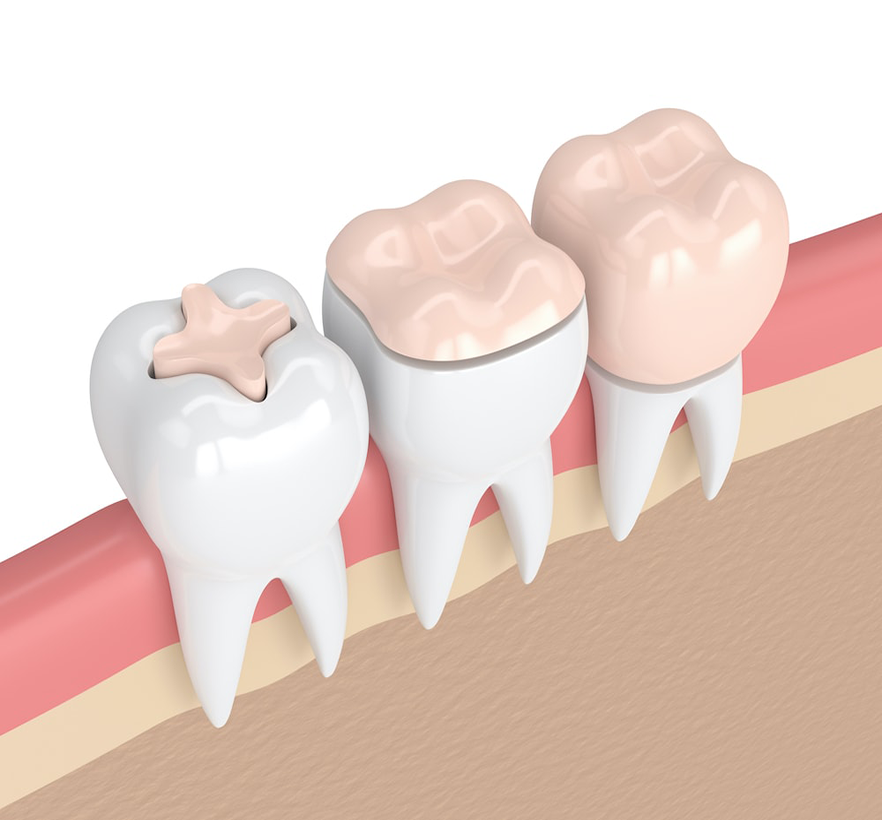
Step 5
The very last step is restoration & crown. The crown portion of the teeth hollow space is then restored with a filling, observed through a Cap/Crown cementation.

